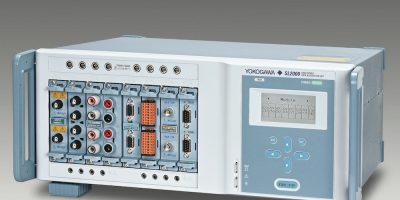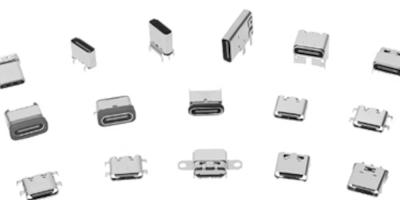Taoglas has launched its new Thunder Series – a high-performance outdoor antenna enclosure platform engineered to support direct integration and installation of the leading industrial routers within the antenna package. Designed for demanding outdoor environments, the series helps engineers optimise installations, reduce signal loss, and significantly lower deployment costs.
Purpose-built for widely deployed routers from Digi, Ericsson, and Semtech, the Thunder Series combines Taoglas’ wideband antenna technology with a rugged enclosure that allows the router to be installed directly inside the housing. This significantly reduces the need for long RF cables – cutting tens of meters per deployment – while minimising signal loss, installation time, and the material and labor costs typically associated with separate device installations.
Operating across a broad 600–6000 MHz frequency range, the Thunder Series supports 5G/4G, Wi-Fi, GNSS, and Bluetooth®. This wide coverage enables support for low-band cellular, mid-band 5G, and Wi-Fi 6/6E frequencies. This solution provides best-in-class communication by locating the router and the antenna in the same enclosure to minimise cable loss and reduce installation costs while simplifying implementation and deployment. This ensures long-range performance and reliable high- or low-speed data connectivity. The addition of the POE splitter makes powering the router less complicated.
The Thunder Series is available in directional and omnidirectional versions, with IP67-rated ABS enclosures protecting against water ingress, dust, and vibration. This makes it well-suited for harsh outdoor conditions and mission-critical deployments across transportation, mining, agriculture, smart cities, and industrial automation. In one such application, Thunder is being deployed in number plate recognition systems, powered directly from streetlight DC infrastructure – reducing cabling requirements and enabling discreet, efficient installation in urban environments.
To support flexible deployment, the Thunder Series can be powered in several ways depending on the router in use. These include dedicated power inputs or Power over Ethernet (PoE), with Taoglas providing detailed guidance to ensure safe, standards-compliant installation.







